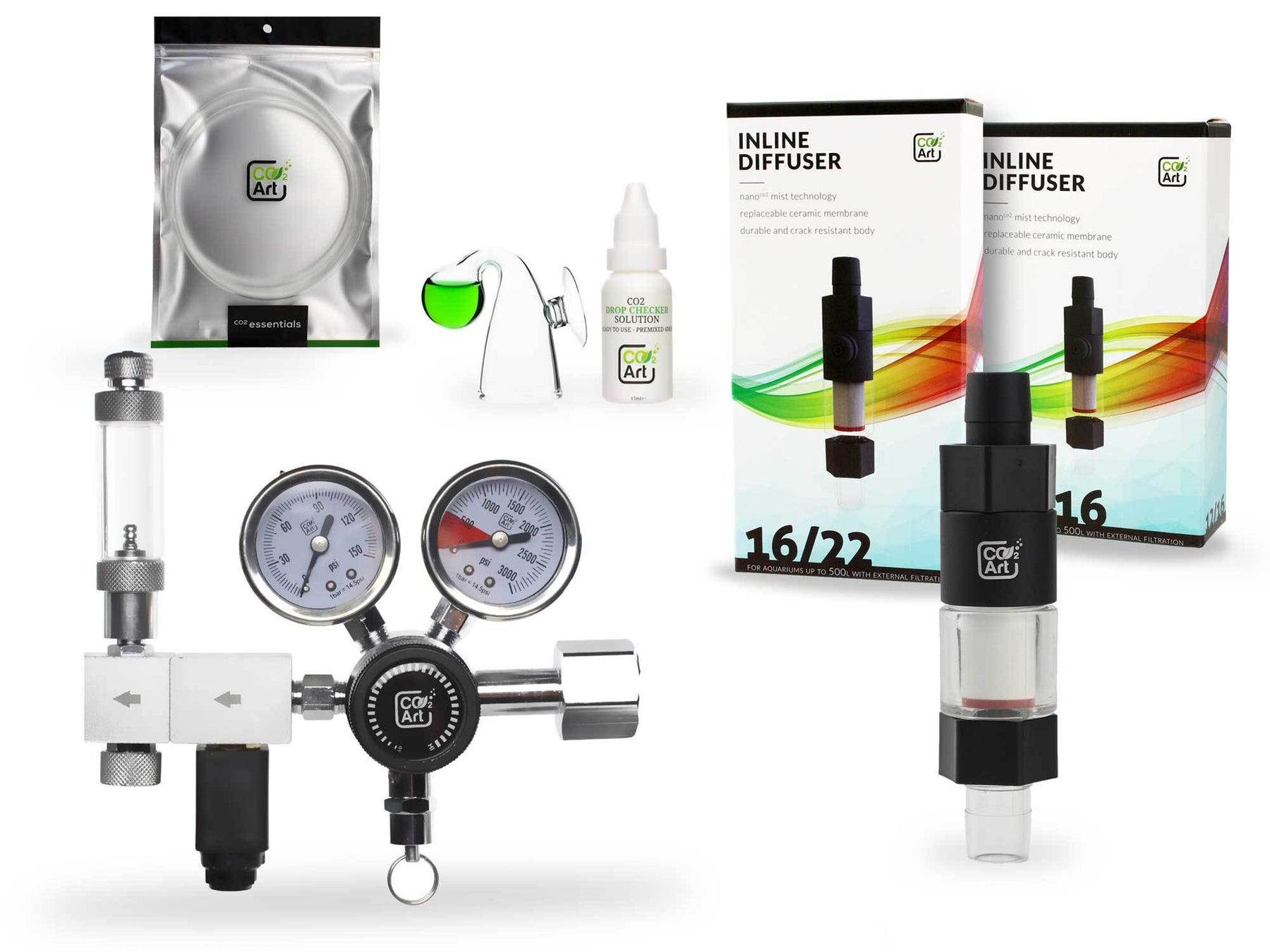Under gravel aquarium filters extraordinary or extinct
The under gravel filter has been a staple in the aquarium hobby for decades. This traditional filtration method was once the go-to choice for many aquarists due to its simplicity and effectiveness. Initially designed to provide both mechanical and biological filtration, the under gravel filter operates by pulling water down through the substrate, allowing beneficial bacteria to thrive and break down waste products.
Despite the emergence of more advanced filtration technologies, the under gravel filter still holds a place in the hearts of many aquarium enthusiasts. Its low cost and ease of installation make it an appealing option for beginners. Moreover, it offers a natural and unobtrusive way to maintain water quality, integrating seamlessly into the tank's ecosystem.
How Do Under Gravel Filters Work
How do under gravel filters work? The mechanism is relatively straightforward. A plastic plate is placed beneath the aquarium substrate, with uplift tubes connected to air pumps or powerheads creating water flow through the substrate. This movement pulls water down through the gravel, where beneficial bacteria on the substrate surfaces break down harmful ammonia and nitrite into less harmful nitrate.
Understanding how do under gravel filters work is crucial for proper installation and maintenance. The filter's efficiency depends on the correct setup, including the right substrate type and thickness. Ensuring good water flow and regular cleaning can prevent common issues such as clogging, thus maintaining a healthy and stable aquarium environment.
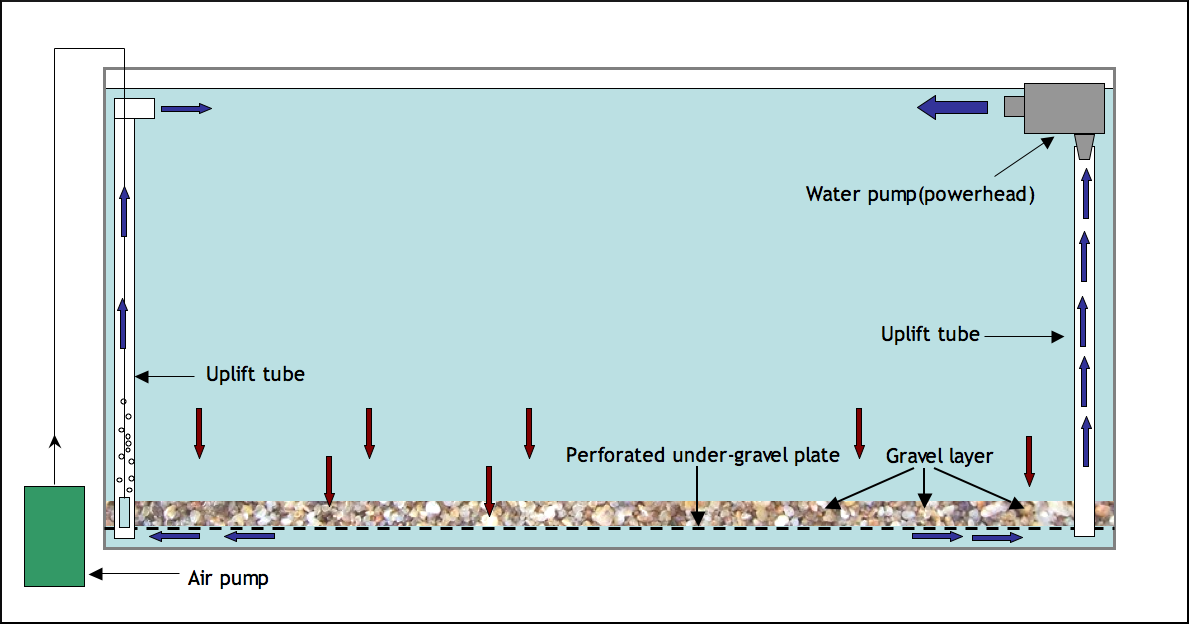
Advantages of Using an Under Gravel Aquarium Filter
One of the significant advantages of an under gravel aquarium filter is its ability to provide continuous and effective biological filtration. The substrate acts as a medium for beneficial bacteria, promoting a stable and balanced aquatic environment. This natural filtration method supports the nitrogen cycle, crucial for the health of fish and other aquatic organisms.
Another benefit of the under gravel aquarium filter is its cost-effectiveness. Compared to more advanced filtration systems, it requires less upfront investment and minimal maintenance, making it an attractive option for beginners and budget-conscious aquarists. Additionally, its unobtrusive design helps maintain the aesthetic appeal of the aquarium, as the filter components are hidden beneath the substrate.
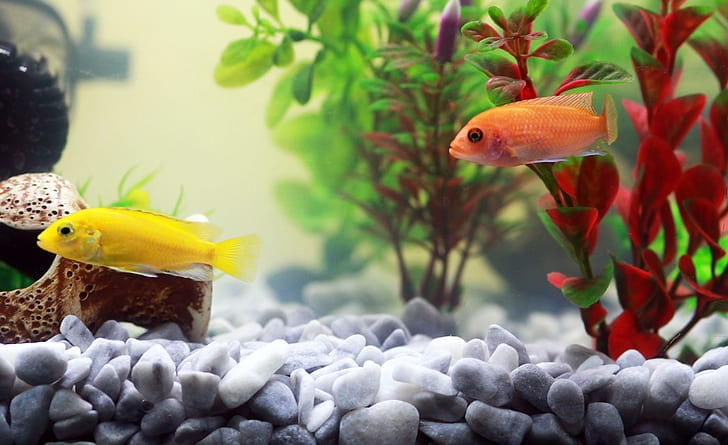
Common Issues and Drawbacks
Despite its benefits, the aquarium under gravel filter is not without its drawbacks. One common issue is the accumulation of detritus and debris beneath the filter plate, which can lead to clogging and reduced efficiency over time. Regular vacuuming of the substrate and occasional lifting of the filter plate can mitigate these problems.
Another significant drawback of the aquarium under gravel filter is its incompatibility with heavily planted tanks or those using fine substrates, such as sand. These materials can obstruct water flow, reducing the filter's effectiveness and potentially harming the tank's inhabitants. Additionally, modern aquarists often prefer external or canister filters that offer more flexibility and higher performance for larger or more complex aquarium setups.
Modern Alternatives to Under Gravel Filters
Modern aquarium filtration has evolved significantly, offering numerous alternatives to the traditional under gravel filters. One popular choice is the canister filter, known for its powerful mechanical filtration and versatility. Canister filters can handle larger tanks and more demanding setups, providing superior water clarity and ease of maintenance.
Another notable alternative is the hang on the back (HOB filter), which combines mechanical filtration with biological and chemical processes. HOB filters are easy to install and maintain, making them a favorite among hobbyists. Additionally, sponge filters powered by an air pump offer excellent biological filtration and are ideal for breeding tanks or smaller setups.
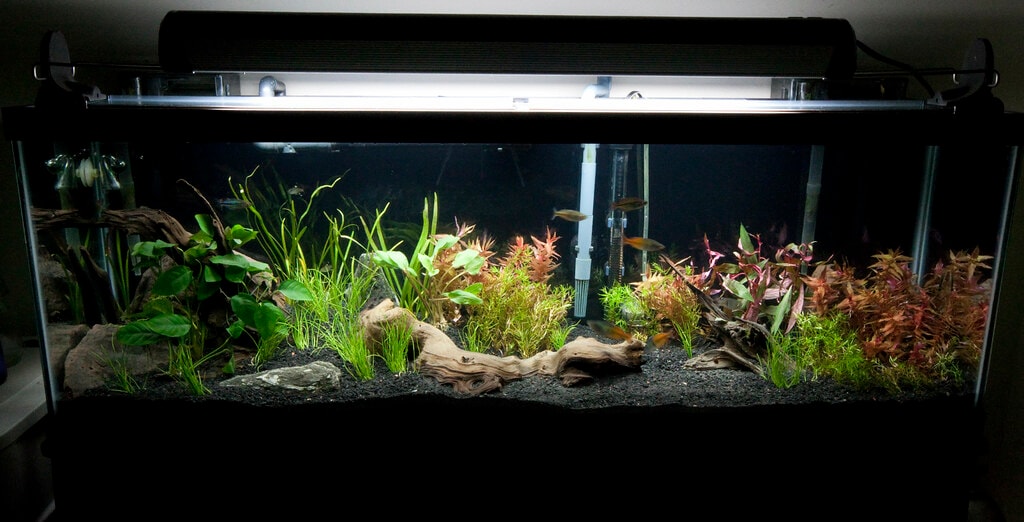
Case Studies and User Experiences
Many aquarists have shared their experiences with various filtration methods, including under gravel filters and modern alternatives. In one case, an enthusiast with a heavily planted aquarium found that a canister filter provided better water quality and reduced maintenance compared to their previous under gravel filter setup.
Another user reported success using a reverse flow under gravel filter, which combines traditional under gravel technology with modern improvements. By reversing the water flow, this setup prevented debris buildup in the gravel bed and enhanced overall filtration efficiency. Such innovations demonstrate that while traditional under gravel filters may face challenges, they can still be adapted to meet contemporary needs.
Environmental Impact
The environmental impact of aquarium filtration systems is an important consideration for hobbyists. Traditional under gravel filters are generally low-tech and energy-efficient, relying on air pumps to drive water flow. This simplicity results in a smaller carbon footprint compared to more complex systems.
However, canister filters and power filters often consume more energy due to their powerful motors. While these modern filters provide superior mechanical filtration, their environmental cost can be higher. Additionally, the disposal of filter media from canister filters and hang on the back (HOB) filters contributes to waste, whereas under gravel filters use the aquarium substrate as their primary filter media, reducing the need for replacements.
CO2 Injections in Aquariums
CO2 injections are crucial for maintaining a healthy planted aquarium. The introduction of CO2 promotes robust plant growth, which in turn supports a balanced ecosystem. When using an under gravel filter in a planted aquarium, it is essential to ensure that the filtration system does not interfere with CO2 distribution.
In contrast, canister filters and HOB filters can be more compatible with CO2 injections. These systems often allow for better control of water flow and CO2 dispersion, enhancing the overall health of live plants. Combining CO2 injections with a reverse flow setup in an under gravel filter can also improve plant growth by preventing CO2 loss through the substrate.
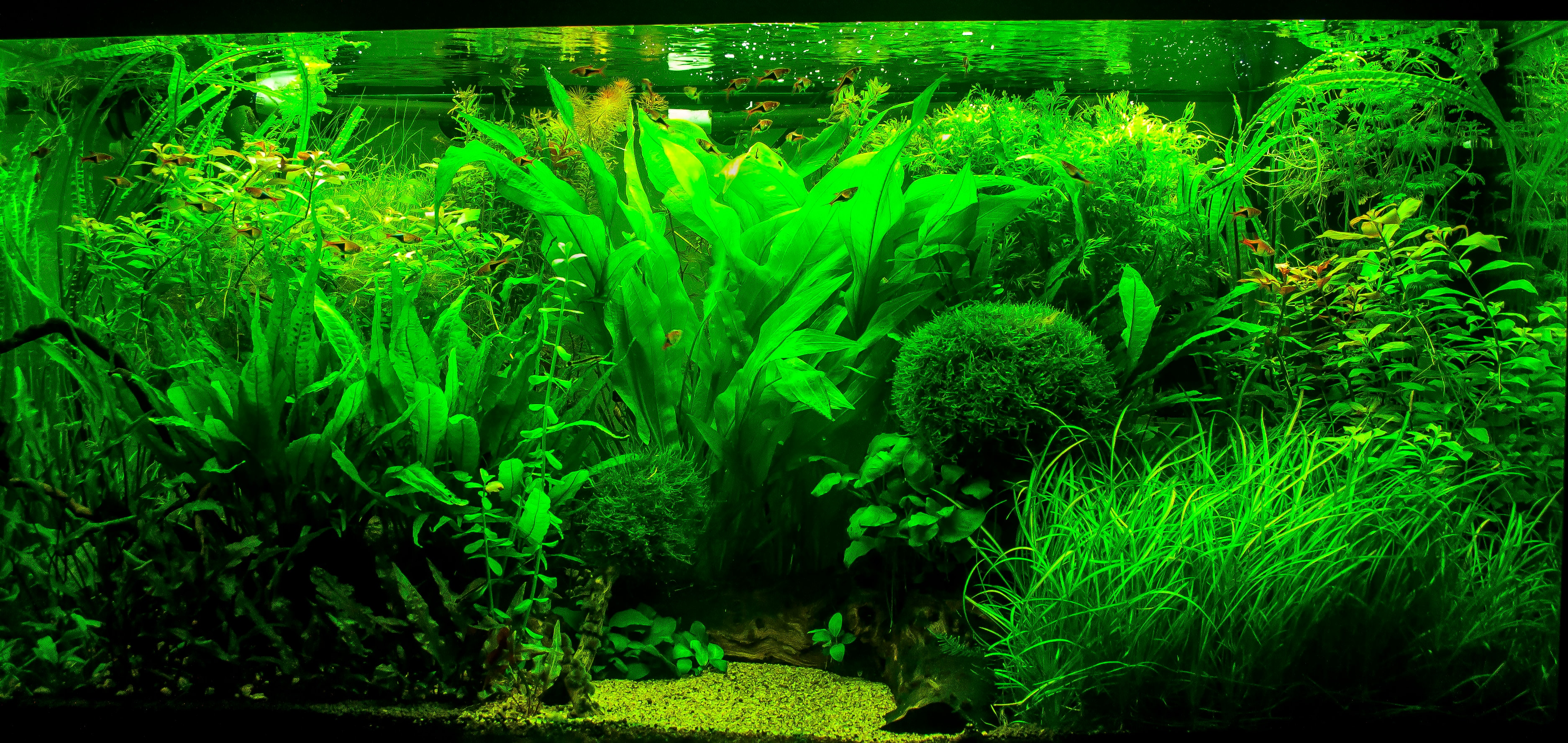
Market Trends and Popularity
The popularity of under gravel filters has waned over the years due to the rise of more advanced filtration systems. Canister filters, hang on the back (HOB) filters, and power filters dominate the market, offering superior mechanical filtration and ease of use. These modern systems are favored for their effectiveness and versatility, making them suitable for a wide range of aquarium setups.
However, under gravel filters still have a niche following among traditionalists and those who appreciate their simplicity and cost-effectiveness. The market for air powered sponge filters has also seen a resurgence, especially among breeders and those maintaining shrimp or fry tanks. These sponge filters provide gentle biological filtration and are compatible with air pumps, making them a viable alternative to both UG filters and modern power-driven systems.
Future of Under Gravel Filters
The future of under gravel filters remains uncertain. While they are less popular in mainstream aquarium setups, there is potential for innovation. Hybrid systems, such as the reverse flow under gravel filter, offer a blend of traditional and modern filtration techniques, addressing some of the common drawbacks of UG filters.
Experts suggest that the resurgence of interest in low-tech, sustainable aquarium practices could lead to a renewed appreciation for under gravel filters. Innovations that integrate mechanical filtration and improved filter media may enhance their performance and appeal. However, the competition from canister filters, HOB filters, and power filters will likely continue to dominate the market, offering more convenience and efficiency for the average aquarist.
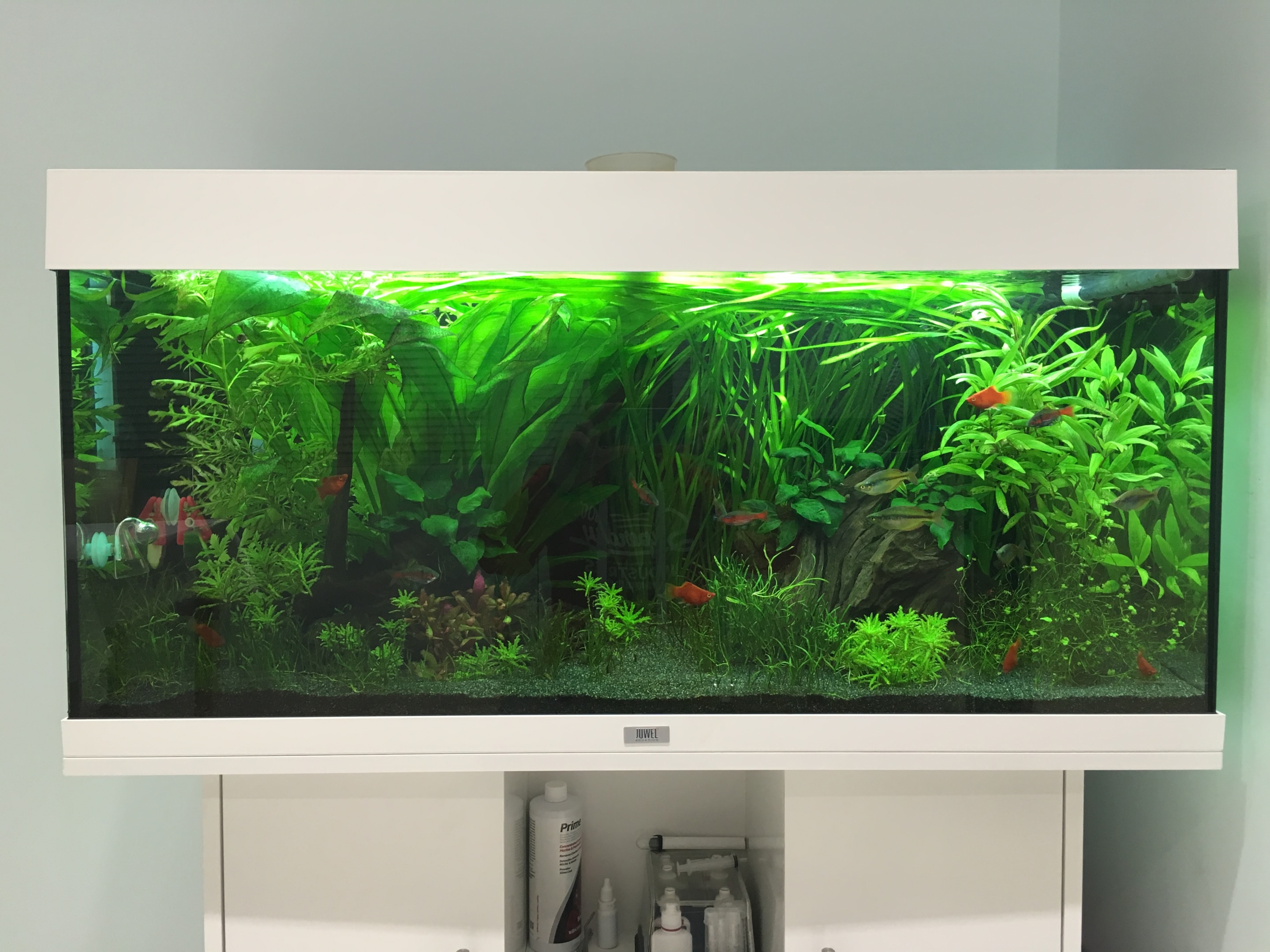
Conclusion: Extraordinary or Extinct?
In conclusion, under gravel filters have both passionate advocates and critics within the aquarium community. These filters are praised for their simplicity, cost-effectiveness, and natural approach to biological filtration. However, their drawbacks, such as maintenance challenges and incompatibility with finer substrates and heavily planted aquariums, cannot be ignored.
The competition from modern filtration systems, such as canister filters, hang on the back (HOB filters), and power filters, highlights the advancements in aquarium technology. These alternatives offer superior mechanical filtration, ease of maintenance, and better compatibility with a variety of tank setups, including those with live plants. While under gravel filters may seem outdated, they are not entirely extinct. Innovations like the reverse flow under gravel filter and a renewed interest in sustainable practices could keep them relevant for niche applications. Ultimately, the choice of filtration system depends on the specific needs and preferences of the aquarist, with each method offering unique benefits and challenges.
Meet our bestseller! The Pro-Elite Series Complete Aquarium CO2 System with New Inline CO2 Diffuser!
